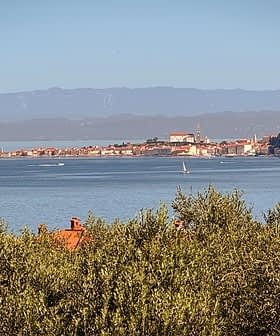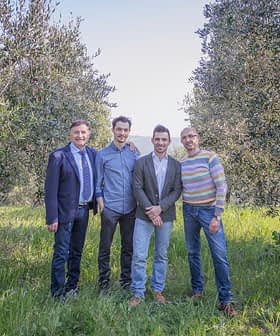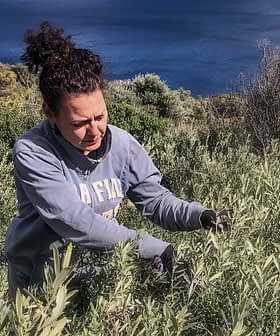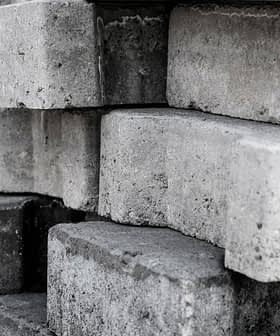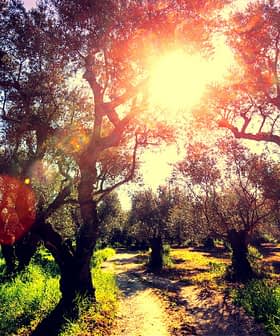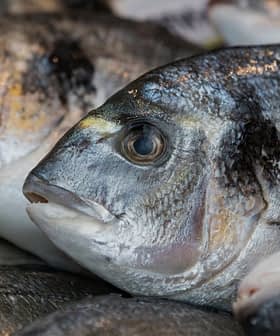Córdoba Leading in Use and Production of Olive Biomass
Biomass power plants in Córdoba province, Spain lead the country in energy production, with nine plants generating 83MW from olive oil byproducts. The use of biomass in Andalusia is increasing due to advancements in technology, public awareness, and government incentives, with olive biomass being the most commonly used source.

Biomass power plants, like this one planned in the UK covered in native grasses, decrease carbon emissions by 80% compared to coal or gas fired power stations. Photo: Thomas Heatherwick
Byproducts of olive oil production have made the Córdoba province Spain’s leader in energy production from biomass.
According to Europa Press, the province has nine biomass plants which together produce 83MW, providing the equivalent of the annual electricity consumption of 247,700 households.
Material derived from the olive oil sector, including pomace and prunings, is the most used biomass source in Spain and Córdoba has a fourth of the country’s total supply.
Various factors are fueling increased use of biomass in Andalusia, including improved technology, a more informed public and incentives from the regional government.
Among the pioneers in biomass use was Córdoba’s Oleícola El Tejar olive oil co-operative, which uses olive biomass, particularly prunings from its growers, to power its own facilities. It now has four plants using biomass to generate a combined total of 49MW.
And in the municipality of Cañete de las Torresa, a plant owned by the Torres group was the first in the world to use the Japanese Kurata system to generate biofuel from wet pomace. According to Renovables (Renewables) Made in Spain, the more than 100,000 hectares of olive groves surrounding it provide the 30,000 tonnes of wet pomace it needs to produce 10,000 tons of biofuels a year.
And then there is the 9.82MW electricity generation plant in Puente Genil, which has proved the viability of harnessing an olive biomass usually considered ‘difficult’ to use, namely that derived from pruning. Unlike biomass from pomace and olive stones (also known as pits or seeds), pruning material poses challenges in logistics and consistency, but at this plant it comprises half of total biomass consumption.
As for use of energy derived from biomass, according to Renewable Energy World, consumption of wood pellets in Spain is declining because olive stones are cheaper and need no significant processing.
Perhaps unsurprisingly, among Spain’s biggest users of biomass energy are those that also that generate its source — olive oil mills and processing plants. Apart from being used to generate hot water and steam in these plants, biomass energy is also heavily used in pomace extraction.


